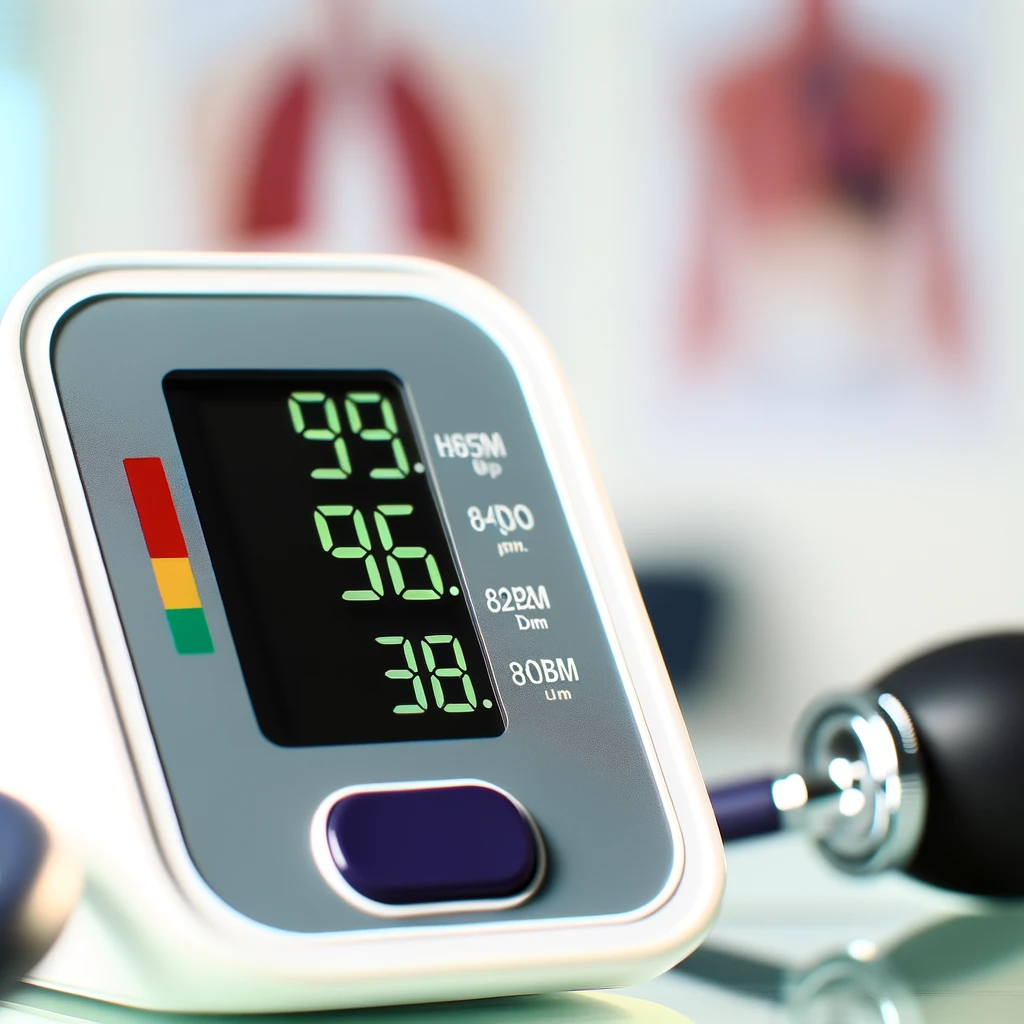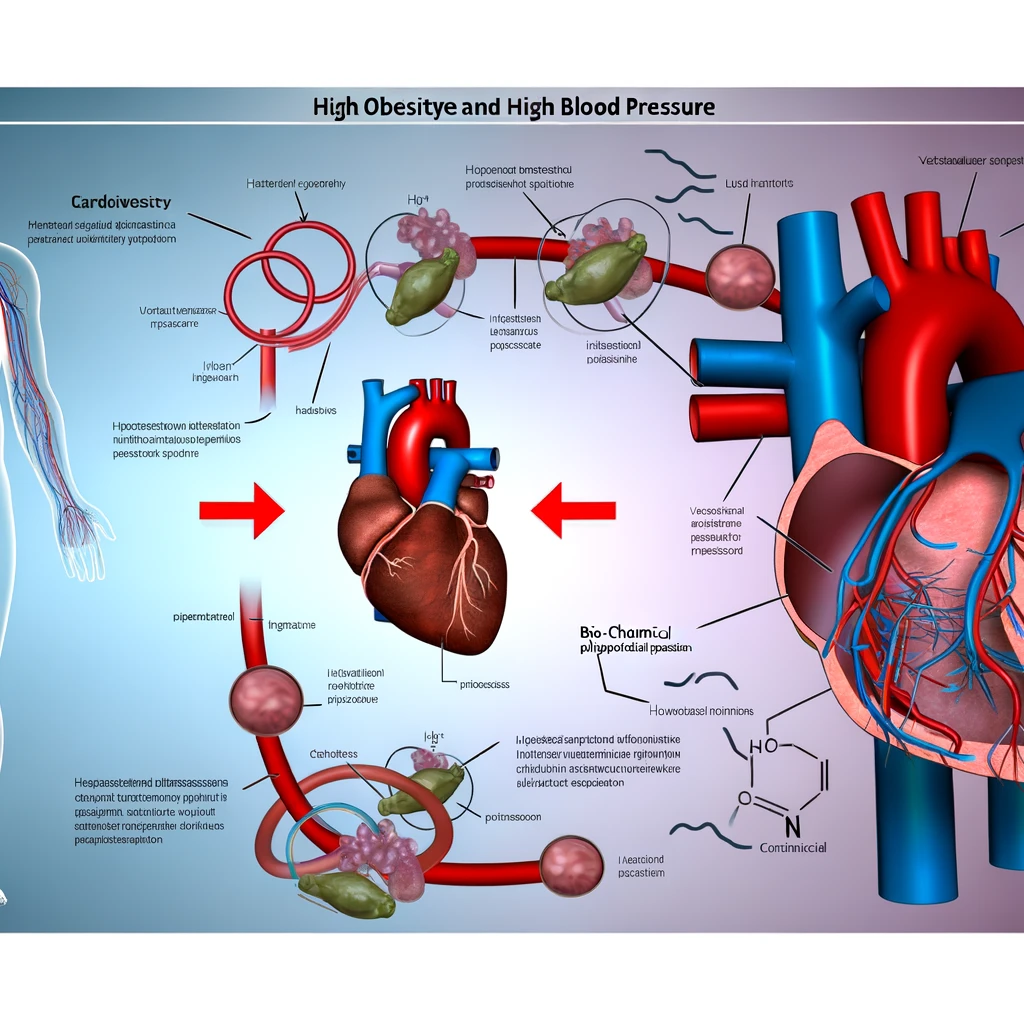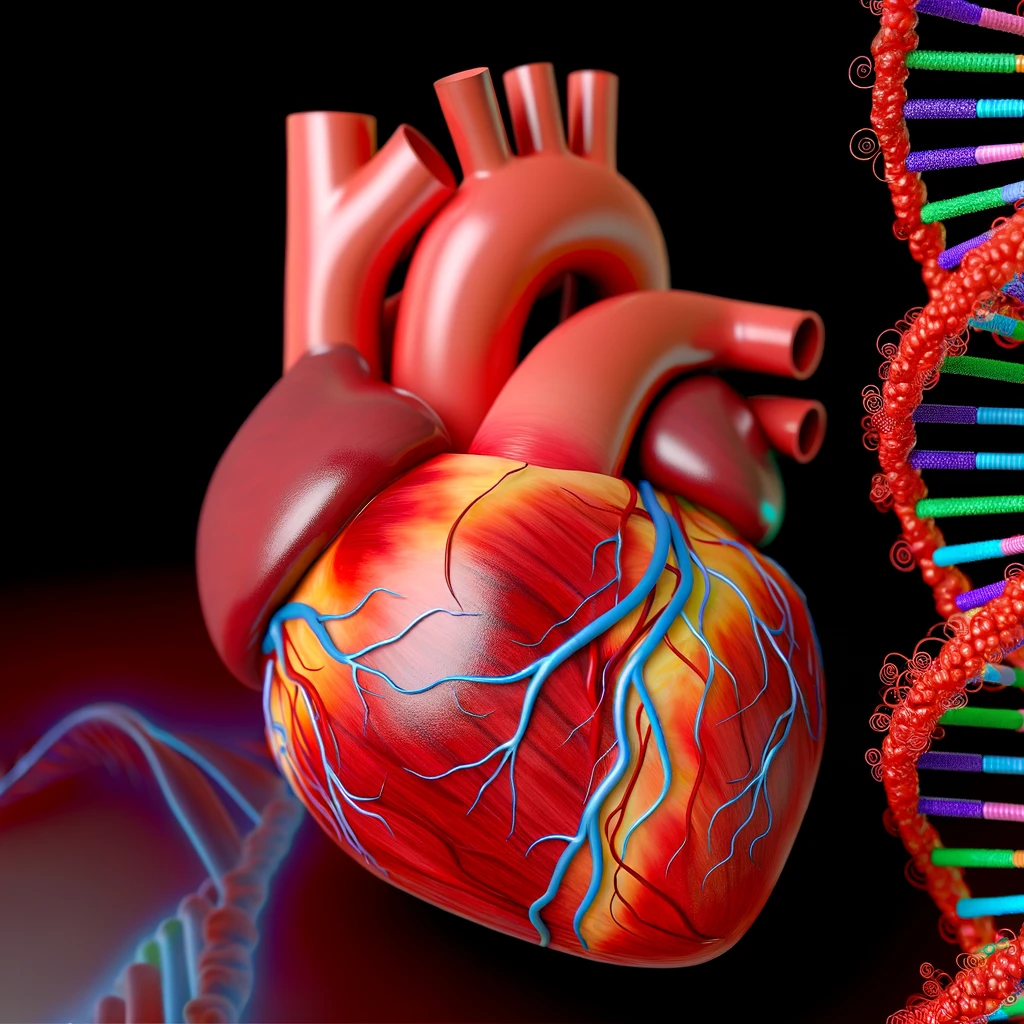Heart Rate Recovery: What It Tells Us About Cardiovascular Health
Heart rate recovery (HRR) is an often-overlooked metric that provides significant insights into cardiovascular health. Understanding the nuances of HRR can help individuals and healthcare professionals gauge heart health more effectively. In this article, we'll delve into what heart rate recovery is, its implications for cardiovascular health, and how it can be utilized to assess fitness levels.
Understanding Heart Rate Recovery
Heart rate recovery refers to the rate at which the heart slows down after exercise. Typically, after physical exertion, the heart rate rises to supply more oxygen to the muscles. Once the exercise concludes, a rapid decrease in heart rate is expected as the body returns to its resting state. This decline is what is measured as heart rate recovery.
Why is Heart Rate Recovery Important?
The speed of heart rate recovery is a crucial indicator of autonomic nervous system function, particularly the parasympathetic nervous system, which is responsible for 'rest and digest' activities. A slower recovery rate can indicate decreased heart health and autonomic dysfunction, which may increase the risk of cardiovascular disorders.
Measuring Heart Rate Recovery
HRR is generally assessed by measuring the difference between the peak heart rate achieved during exercise and the heart rate at a specific time interval post-exercise, commonly one and two minutes. A recovery of 12 beats per minute or more in the first minute after stopping exercise is considered normal, while a lower rate of decrease can point to potential health issues.
The Science Behind HRR
Research indicates that a faster HRR is associated with a lower risk of mortality and cardiovascular diseases. This is because a well-functioning autonomic nervous system is better at regulating heart rate and blood pressure, reducing the strain on the cardiovascular system.
Factors Affecting Heart Rate Recovery
Several factors can influence HRR, including age, fitness level, and lifestyle habits. For instance, younger individuals often experience faster HRR due to more resilient cardiovascular systems. Regular physical activity can enhance HRR by improving heart efficiency and autonomic function.
Lifestyle Modifications
Adopting a healthy lifestyle can positively impact HRR. This includes regular aerobic exercise, a balanced diet rich in fruits, vegetables, and lean proteins, and adequate sleep. Avoiding smoking and excessive alcohol consumption can also promote better heart rate recovery.
Heart Rate Recovery and Fitness Assessment
A robust HRR is not only a sign of cardiovascular health but also a useful tool in fitness assessment. Athletes and fitness enthusiasts can use HRR to monitor their training progress. Improvements in HRR over time can indicate enhanced cardiovascular fitness and reduced stress levels.
Utilizing HRR in Training Regimens
Incorporating HRR into training routines involves monitoring heart rate post-exercise to adjust intensity and recovery periods. This can help optimize training, prevent overtraining, and ensure adequate recovery, leading to better performance outcomes.
Conclusion
Heart rate recovery is a vital marker of cardiovascular health and fitness. By understanding and monitoring HRR, individuals can gain valuable insights into their heart health and overall well-being. Whether you are a healthcare professional or a fitness enthusiast, paying attention to this crucial metric can lead to more informed health decisions and improved quality of life.
Related Articles





